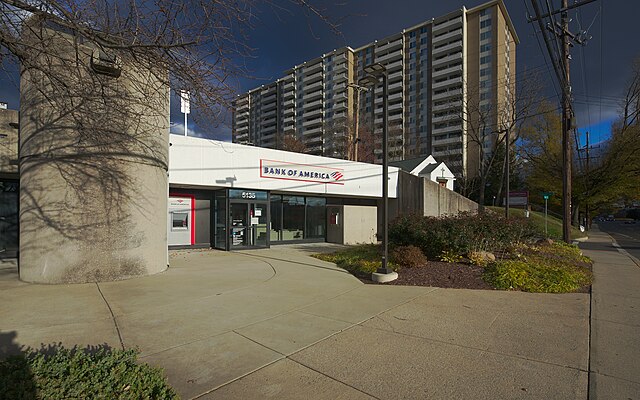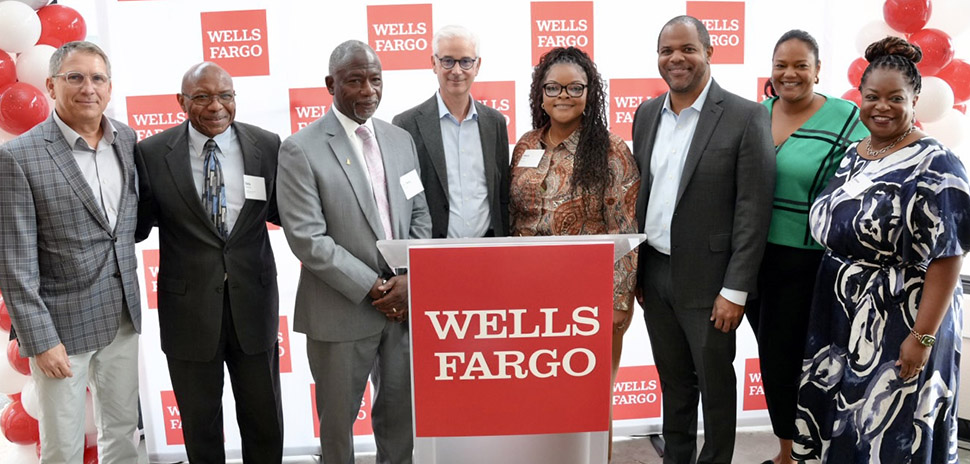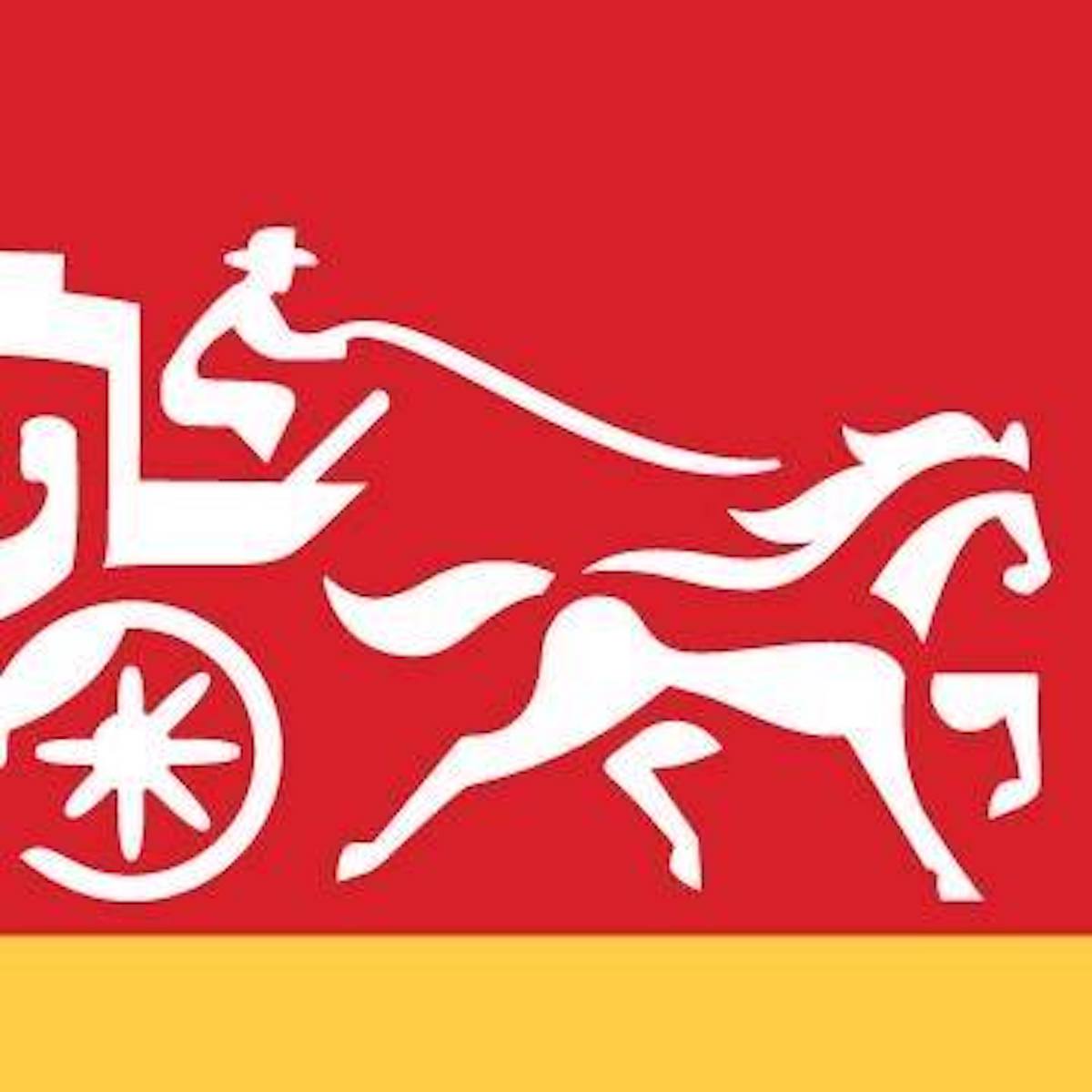US banks’ exposure to riskier commercial real estate loans jumped 21.4% sequentially, hitting a six-quarter high in the fourth quarter of 2022.
Regulators define high-volatility commercial real estate ADC loans as credit facilities that primarily finance or refinance acquisitions, developments or constructions of real properties and are used to provide financing to acquire, develop or improve properties into income-producing ones that are dependent on future income, sales or refinancing of such real properties for repayments.
These exclude one- to four-family residential properties, community development projects, agricultural land, existing income-producing property secured by permanent financings, certain commercial real property projects, real property where the loan has been reclassified as a non-HVCRE ADC loan, and real estate where the loan was made before Jan. 1, 2015.
The rule is not applicable to qualifying community banking organizations that elected to use the community bank leverage ratio framework.
The banking industry’s aggregate balance of high-volatility commercial real estate (HVCRE) loans jumped to $41.00 billion at the end of the fourth quarter, from $33.76 billion in the previous quarter and $38.48 billion in the corresponding quarter of 2021, according to S&P Global Market Intelligence data. The analysis includes US banks and thrifts that did not opt into the community bank leverage ratio framework.
The total HVCRE loan balance in the sector represented 0.28% of its risk-weighted assets, an increase from the 0.23% recorded in the third quarter of 2022, but lower than the 0.29% registered a year ago.
Goldman Sachs continues to be top lender
Goldman Sachs Group Inc. continued to be the top HVCRE lender, as such loans increased 8.8% sequentially to $3.28 billion.
Among the top 20 lenders, a list comprised of banks with at least $1 billion in total assets based on regulatory filings as of Dec. 31, 2022, 13 banks increased HVCRE loan balances sequentially, while seven registered declines from the previous quarter.
Houston-based Prosperity Bancshares Inc. increased its HVCRE loan balance by 3.0% quarter over quarter, moving up a spot to be the second-largest HVCRE lender in the fourth quarter of 2022.
Meanwhile, U.S. Bancorp slipped three positions to take the fifth spot as its balance declined by 32.7% to $1.22 billion, the steepest decline in the quarter.
Wells Fargo & Co. and PNC Financial Services Group Inc. were third and fourth with balances of $1.29 billion and $1.23 billion, respectively, at the end of 2022.
First Republic Bank posted the highest quarter-over-quarter increase in its HVCRE portfolio among the top 20 as its loan balance jumped 29.2% to $530.3 million at the end of the fourth quarter of 2022.
Highest exposure to HVCRE
Many, La.-based Sabine State Bank and Trust Co.’s $245.2 million of HVCRE loans represented 25.49% of its risk-weighted assets, the highest exposure to HVCRE in the analysis.
Prosperity Bancshares was the only bank with over $10 billion in assets to have HVCRE loans exceed 7% of its risk-weighted assets.
Source: spglobal.com







